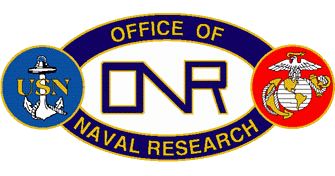
Wake Vortex/ Aircraft Encounters

Researcher: Sheri Joyner
Mentor: Dr. Sonya Smith,
Howard University
This project investigates the aerodynamic effects of wake vortex/ aircraft
encounters on ER-2 aircraft. A wake vortex is area of low-pressure turbulence
that flows behind a moving object with a circular motion and tends to form a
vaccum in its center as it draws bodie subjects towards it. All aircraft form
wake vortices when their winds are producing lift, which is dervied from the
differnce of the low pressure on top of the wing and the high pressure on the
bottom surface of the wing. We are concerned with the effect that the wake
vortices have on aircraft during landing and takeoff as well as aircraft in
flight. This area of research is of great importance for several reasons; one
being that airports are trying to maximize their capacity. In order to
accomplish this, air traffic controllers will have to reduce the spacing between
each aircraft during take off and landing. Thus, there has to be a vortex
hazard criterion developed to identify the location and strength wake vortices
left behind by other aircraft. This vortex hazard criterion is required to ensure
the safety of the airplanes, the pilots and the passengers from the training
vortices. A part of this research will be to study mathematical models, which
attempt to to characterize vortex effects that are acceptable for operational use.
These models are designed to take in consideration that atmospheric conditions,
the vortex decay, the interactions of the vortex with the ground, and the clear
air turbulence.
Back to Main



